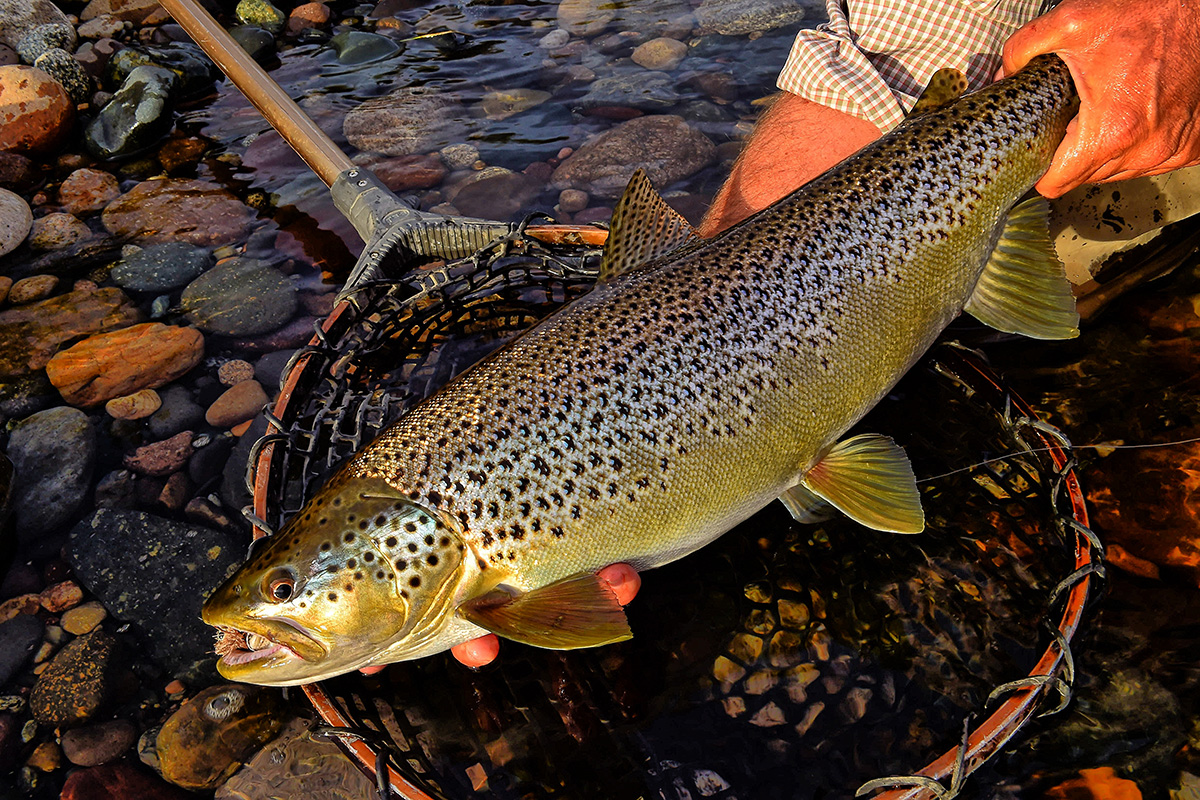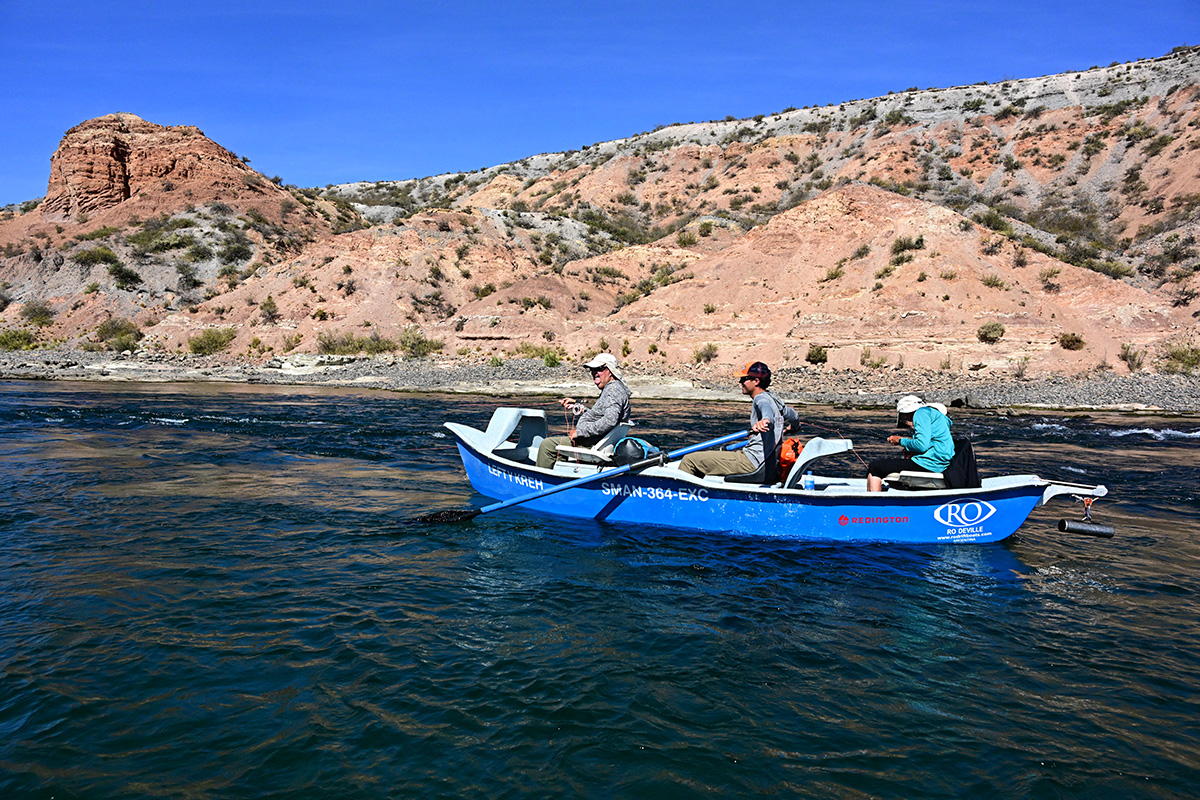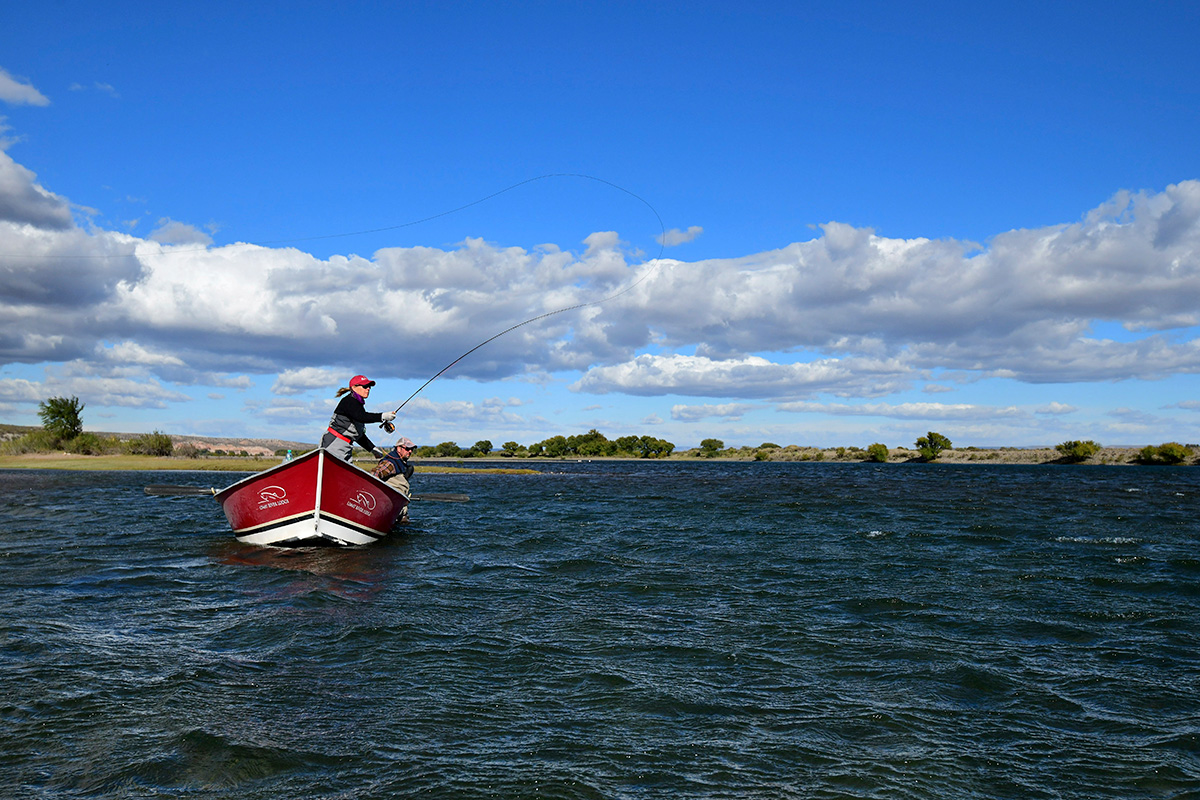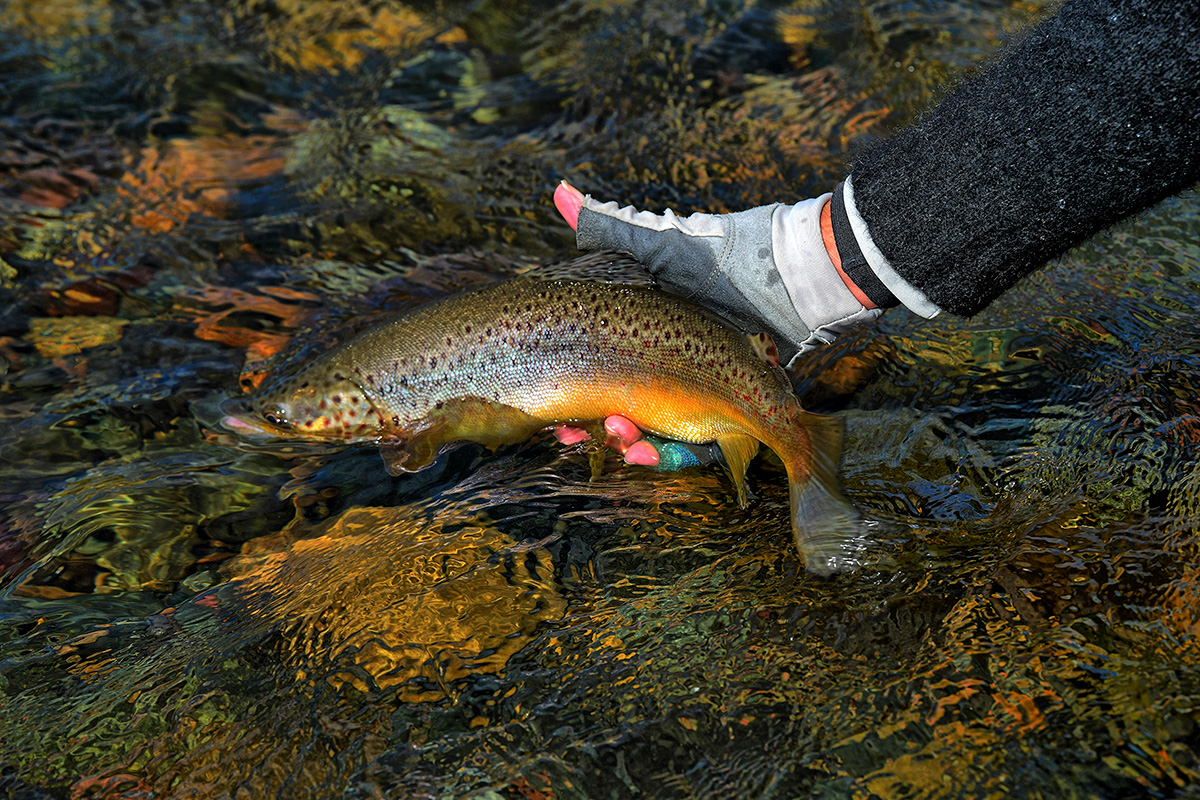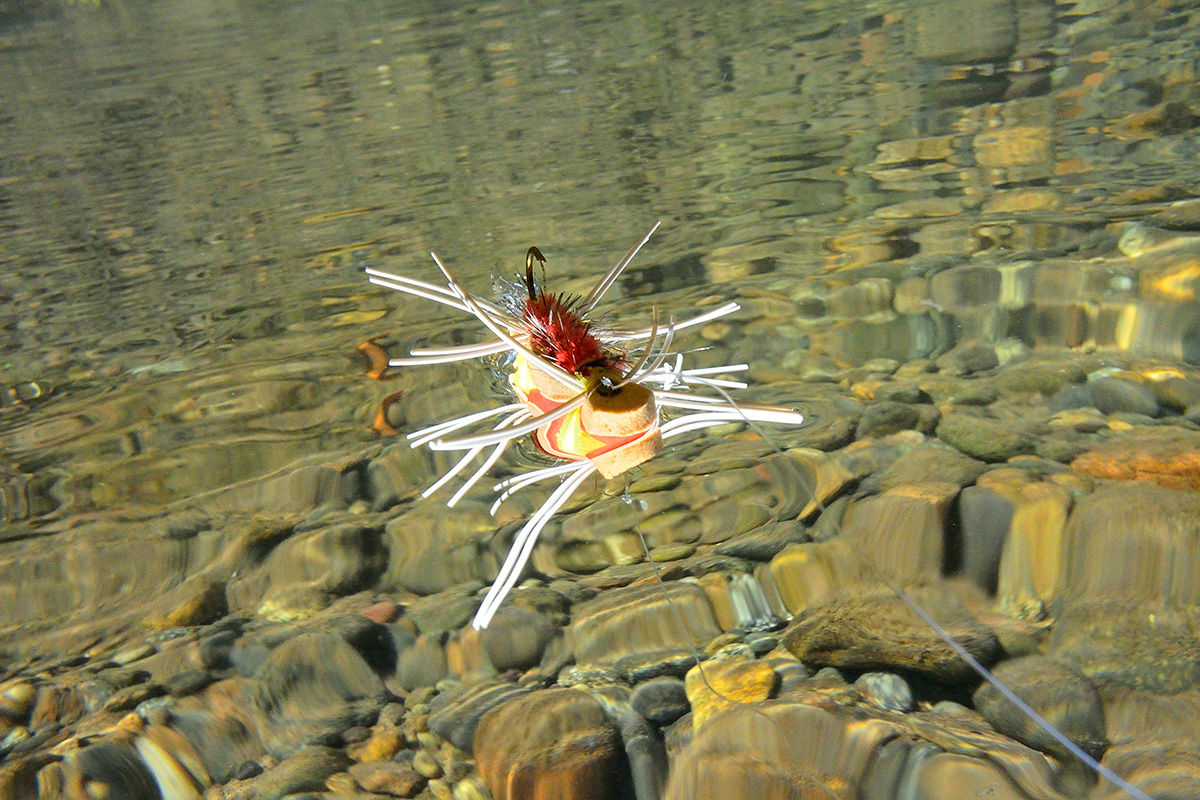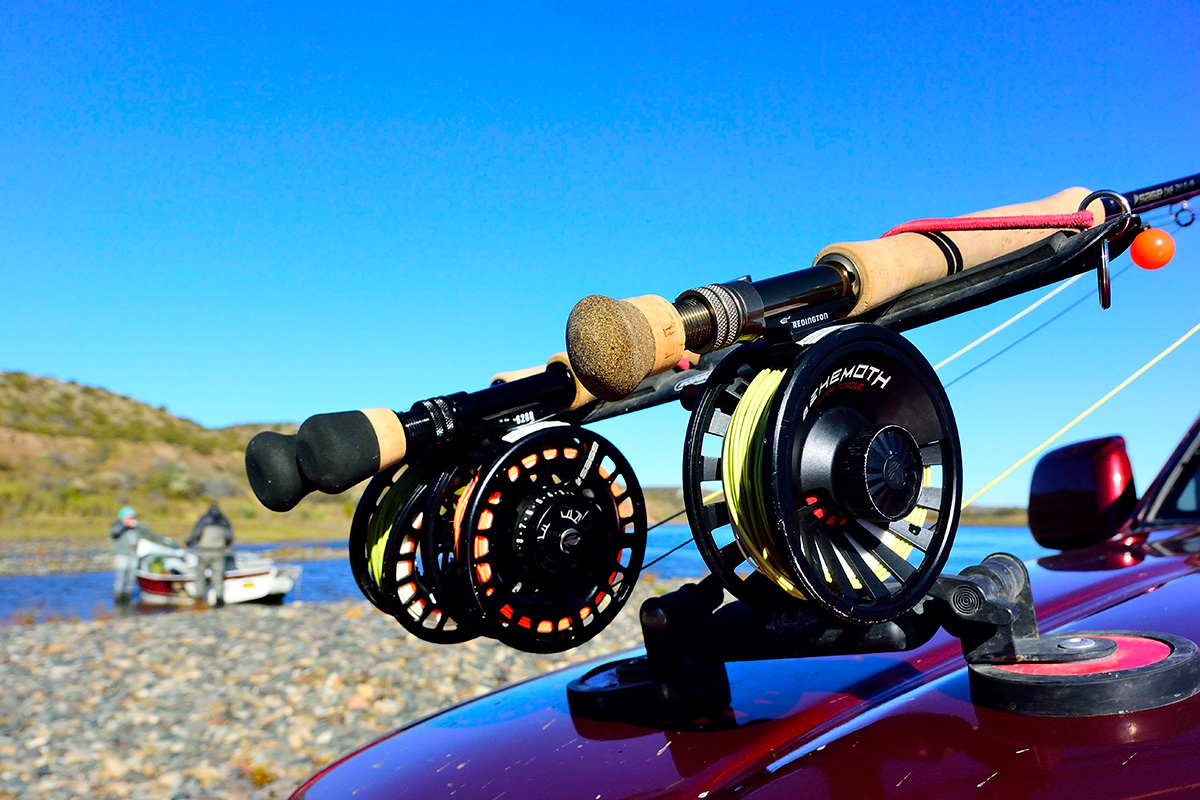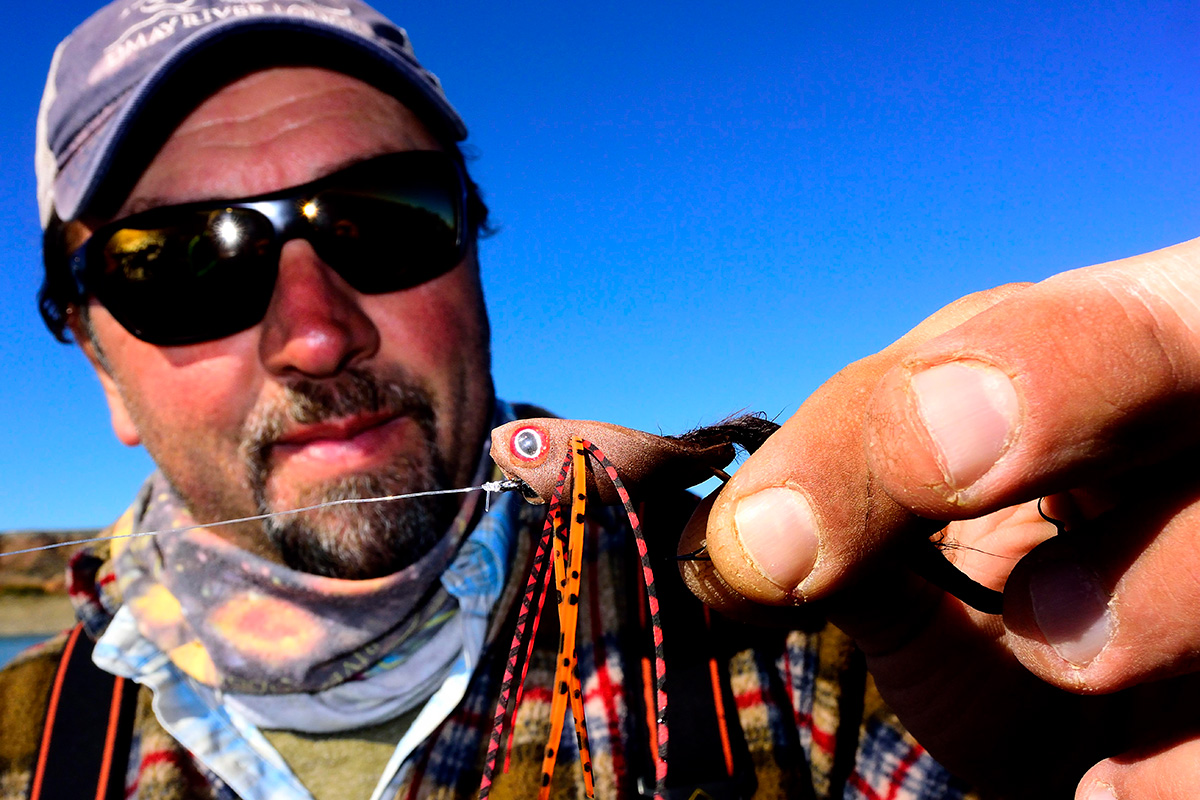The Limay River: What You Need to Know, According to Barry Beck
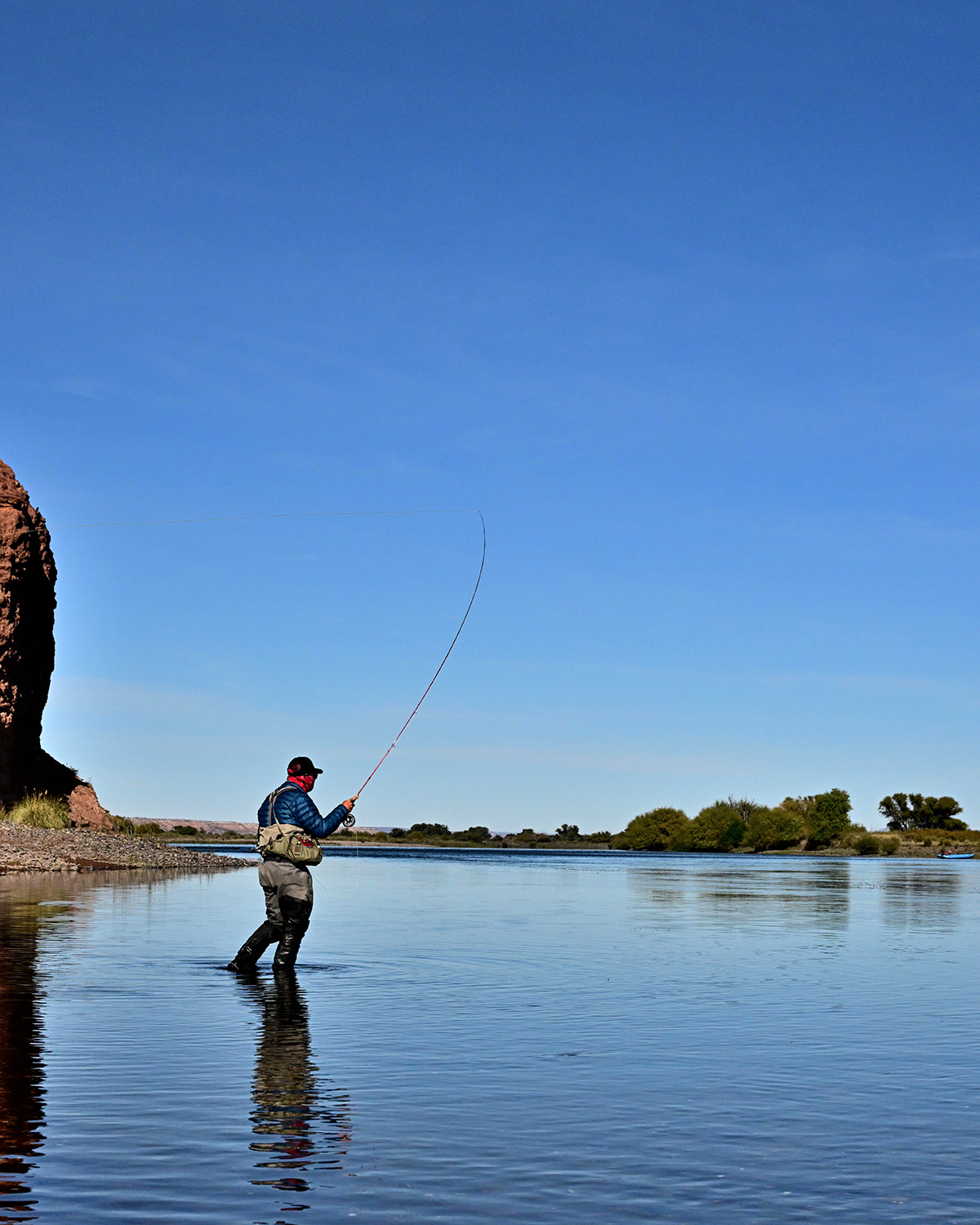
If you’re thinking about fishing Argentina’s famed Limay River—or just want to understand why so many anglers fall in love with the river—you’ll want to hear what Barry Beck has to say. In a recent episode of The Field Experience podcast by Frontiers Travel, Barry joined us for a full conversation about his history with the river, how it’s evolved, and what gear and mindset you need to fish it right.
[Click here to listen to the full podcast episode with Barry Beck.]
The Pull of the Limay
Barry’s admiration for the Limay runs deep. “It has a kind of magnetic quality,” he explains, “because you always have the opportunity on every cast to catch a brown trout of a lifetime.” Despite countless rivers fished around the globe, the Limay keeps calling him back.
It’s a river of contrasts—big and broad in places, yet full of intimate side channels and spring creek-like braids that let anglers explore more nuanced water. While it’s primarily a float-fishing river, there are wadeable spots, especially when targeting rising fish in backwaters or during hatch activity. Barry compares its allure to that of a steelhead or Atlantic salmon fishery: “It could be cast one, or it could be cast 1,000. You don’t know. But when it happens, it’s unforgettable.”
River Conditions & Seasonal Expectations
The Limay is a Patagonian tailwater, fed by a dam that provides relatively stable flows and temperatures—an advantage, but not without fluctuation. Anglers should be prepared for wind (it’s Patagonia, after all) and for long days of covering water. Most guests float a new beat each day, accessing upper and lower sections with varied structure—everything from cliff-lined flats full of rising rainbows to deep main channels holding big migratory browns.
Prime time for those migratory browns is late March until early May, when the South American fall brings these heavy-bodied fish into the system. Rainbows are present throughout the season and, according to Barry, are “solid silver muscle”—pound for pound, among the hardest-fighting trout he’s encountered.
Recommended Equipment: Barry’s Go-To Kit
Rods and Lines
Barry prefers a 10-foot 8-weight for most streamer and swinging work—something with enough backbone to handle wind and big water. He often fishes with a 250–300 grain sink-tip line and likes to be actively retrieving rather than passively swinging.
His favorite line? No hesitation: the Rio Outbound Short. “It’s the best casting line I’ve ever used for throwing big flies into wind,” he says. It loads fast, turns over heavy bugs, and excels in the Limay’s wide channels and deep pools.
Dry fly fishing gets a nod too—especially when rainbows are sipping olives off the surface. For this, Barry recommends a 5-weight rod, ideally 9.5 or 10 feet for added reach and control in tricky drifts.
Flies That Work
When it comes to flies, Barry emphasizes movement and size. His top streamer? The Super Bugger, tied in size 4. He also relies heavily on olive and black streamers, especially those that imitate pancora crab—a freshwater crab species in the Limay, similar to a wide-bodied crawfish.
For dry fly purists, small olives are a must. Barry has encountered picky pods of rainbows that won’t touch anything else. “You don’t show them a small olive, they won’t eat. One bad cast can put the whole pod down.”
Big foam terrestrials—particularly black Chernobyl-style hoppers—are also staples in Barry’s box. When the conditions are right, even migratory browns will come up for a well-placed meal on the surface.
Other Must-Haves
- Stripping guards or stripping fingers – A small detail that saves your hands over a week of aggressive streamer work.
- Sink-tip lines in the 250–350 grain range – For getting flies deep when needed.
- Robust leaders – He often fishes OX or 2X tippet for big browns. “They’re not leader-shy,” Barry says. “When they want to eat, they eat.”
Beyond the Fishing
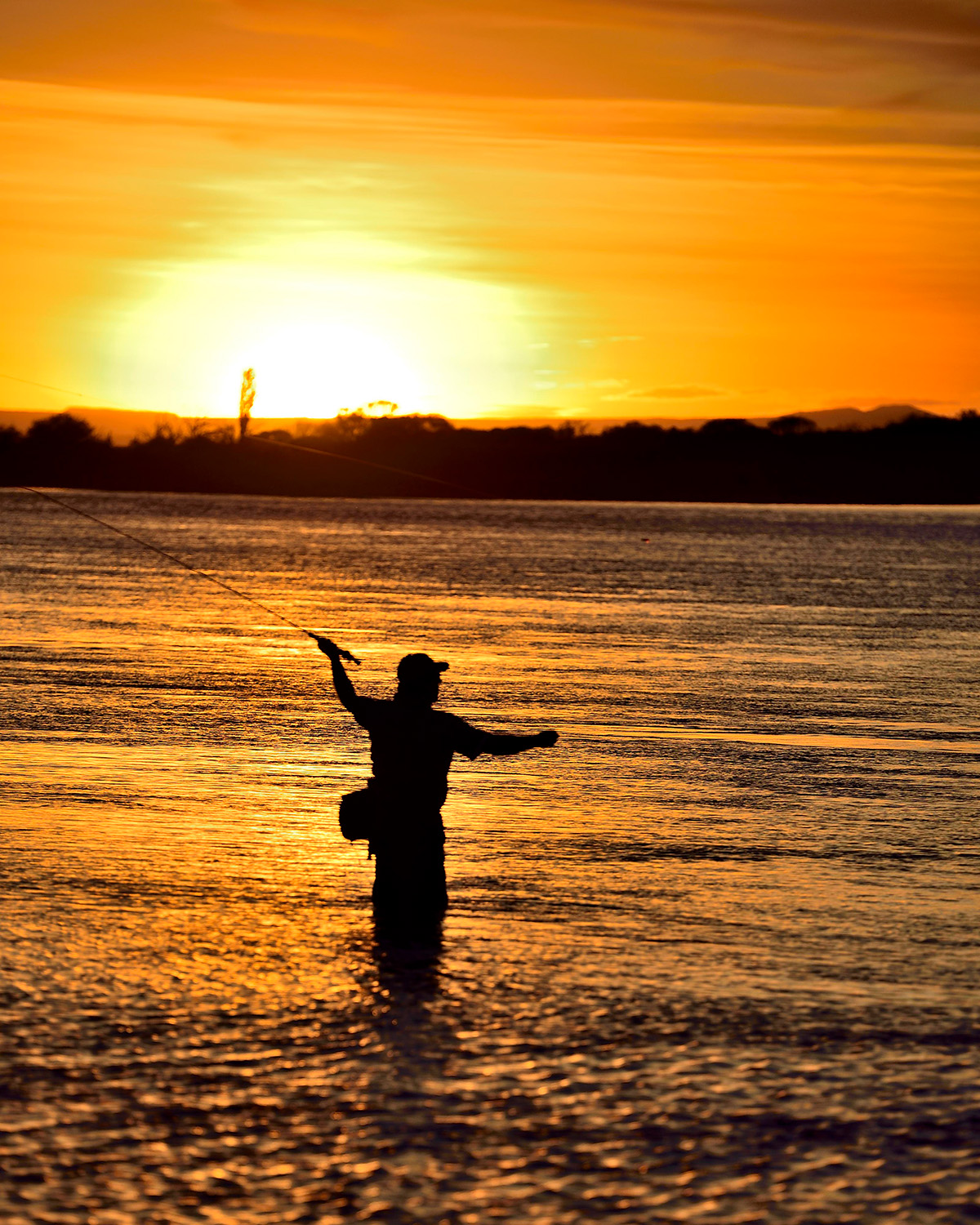
For Barry, fishing the Limay is more than chasing trout—it’s about the full experience. From warm hospitality at the riverside lodge to the camaraderie of returning guests, it’s a trip that offers as much off the water as on. “Our trips aren’t just about catching fish,” Barry says. “It’s the adventure, the people, the culture—and yes, the steak and wine don’t hurt either.”
But above all, Barry reminds anglers that the Limay rewards preparation and patience. “Every cast needs to be as good as it can be,” he says. “If you’re not interested in that, this might not be your river. But if you are—you’ll fall in love, and you’ll keep going back.”
Want to hear more stories, gear tips, and personal moments from Barry’s time on the Limay?
[Listen to the full episode of The Field Experience podcast here.]




